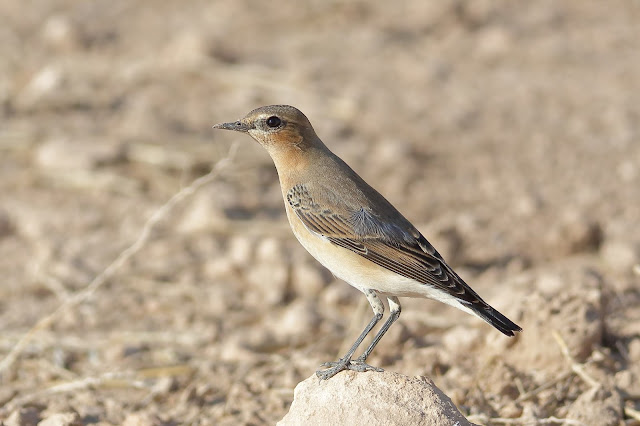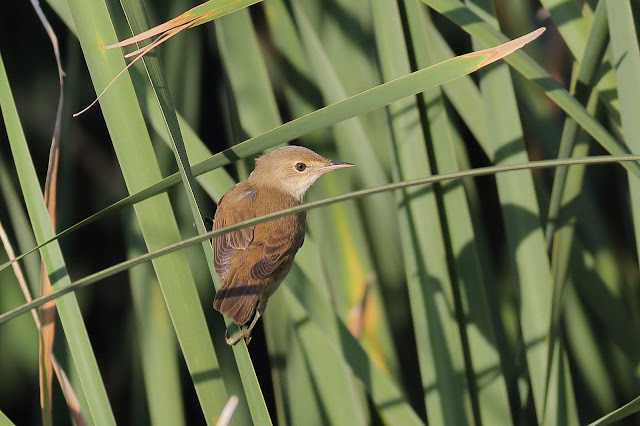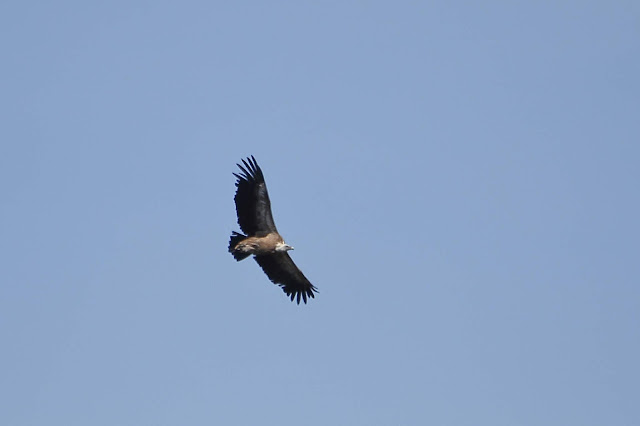Hola una vez más.
Hi again.
En el siguiente enlace podéis ver nuestros próximos viajes fotográficos y de observación de aves y mamíferos nacionales y al extranjero. Espero que os gusten y os animéis a venir conmigo. Una experiencia que nunca olvidareis.
Hi again.
En el siguiente enlace podéis ver nuestros próximos viajes fotográficos y de observación de aves y mamíferos nacionales y al extranjero. Espero que os gusten y os animéis a venir conmigo. Una experiencia que nunca olvidareis.
In the following link you can see our next national and foreign Birds and Mammals photographic and observation trips. I hope you like them and I encourage you to come with me. An experience that you will not forget.
Próximos viajes. Next trips.
Próximos viajes. Next trips.
En esta ocasión os muestro las aves que pudimos ver en dos viajes. En el primero de ellos el objetivo principal era ver aves esteparias y para ello nos fuimos a diversos lugares de La Mancha. En el segundo se trataba de ver aves de montaña en el Parque Nacional Sierra de Guadarrama.
This time I show you the birds we could see in two trips. In the first of them the main objective was to see steppe Birds and for this we went to various places in La Mancha. In the second it was about watching birds at Sierra de Guadarrama National Park.
Lo que pretendíamos en La Mancha era ver si podíamos localizar algún chorlito carambolo (Charadrius
morinellus) que suelen estar por las zonas que visitamos en su paso migratorio postnupcial. Este año no tuvimos tanta suerte com el año pasado y no pudimos ver ninguno. De todos modos, este no ha sido un buen año para la observación de esta especie.
What we wanted in La Mancha was to watch Eurasian Dotterel that are usually in the areas we visited in their postnuptial migration. This year we were not lucky as we were last year and we couldn't see any. Anyway this has not been a good year for the observation of this species.
En ambos días el tiempo fue bueno aunque algo caluroso para a época en la que fuimos.
En ambos días el clima era bueno aunque algo caluroso para esta época del año.
Viaje a La Mancha:
Trip to La Mancha:
Las primeras aves esteparias que vimos fue este gran bando de gangas ibéricas (Pterocles
alchata).
The first steppe Birds we saw was this great flock of Pin-tailed
Sandgrouse.
Preciosas aves.
Beautiful Birds.
Se posaron bastante lejos de donde estábamos.
They landed quite far from where we were.
Luego vimos algunas más pero en menor número.
Then we saw some more but in smaller numbers.
Un bando de avefrías europeas (Vanellus
vanellus).
A flock of Northern
Lapwings.
Nos acercamos a una de las lagunas y como no había casi agua vimos pocas aves y las que vimos estaban demasiado lejos. Esperemos que este año empiece a llover y se carguen de agua. En a foto un aguilucho lagunero occidental (Circus
aeruginosus).
We approached one of the lagoons and as there was almost no water we saw few birds and the ones we saw were too far away. Hopefully this year it starts to rain and they will be wather loaded. In the photo a Eurasian Marsh
Harrier.
Otro más.
Another one.
En nuestra búsqueda de los chorlitos carambolos (Charadrius
morinellus) nos encontramos con esta culebrera europea (Circaetus
gallicus).
In our search for the Eurasian Dotterel we find this Short-toed
Eagle.
Magnífica ave.
Magnificent Bird.
Al poco rato vimos dos sisones comunes (Tetrax
tetrax).
Soon we saw two Little
Bustards.
Luego vimos varios grupos de ganga ortega (Pterocles
orientalis).
Then we saw several flocks of Black-bellied
Sandgrouse.
Esté fue el más numeroso.
This was the most numerous.
Este otro estaba demasiado cerca de por donde íbamos y se acabó espantando aunque no se fue muy lejos.
This other was too close to where we were going and ended up take off though it did not go very far.
También vimos varios grupos de avutardas comunes (Otis
tarda) pero muy lejos. Este fue el más cercano.
We also saw several groups of Great Bustards but far away. This was the closest.
Hembra de collalba gris (Oenanthe
oenanthe).
Female Northern
Wheatear.
Y como vimos que este año no había los chorlitos carambolos (Charadrius
morinellus) decidimos acabar en otra de las lagunas de la zona a ver lo que veíamos. Aunque había bastante en agua en esta debido a las aguas residuales, la vegetación había crecido demasiado dificultando la visión de las aves que allí habían. En la foto un grupo de cucharas comunes (Espatula
clypeata).
And as we saw that this year there were no Eurasian Dotterel we decided to end up in another of the lagoons in the area to see what we could watch. Although there was a lot of water in it due to sewage, vegetation had grown too much making it difficult to see the Birds there. In the photo Northern
Shovelers.
Lo que si vimos muy cerca fue estos carriceros comunes (Acrocephalus scirpaceus).
What we saw very close was these Reed Warblers.
Aves del Parque nacional Sierra de Guadarrama:
Birds of the Sierra de Guadarrama National Park:
Los objetivos de este viaje eran observar y si podíamos fotografiar a tres especies que son fáciles de ver en este maravilloso enclave. Los piquituertos comunes (Loxia
curvirostra), los verderones serranos (Serinus
citrinella) y los mirlos acuáticos europeos (Cinclus cinclus).
The targets of this trip were to observe and if we could photograph three species that are easy to see in this wonderful place. The Common
Crossbill, the Citril
Finch and the White-throated
Dipper.
A los piquituertos comunes (Loxia
curvirostra) los vimos muy de cerca pero sin la suficiente luz como para sacar buenas fotos. En la foto un macho.
We saw the Common
Crossbill very closely but without enough light to take good pictures. In the photo a male.
Una hembra.
A female.
Y otro macho con los colores más llamativos.
And another male with most striking colors.
Todos ellos venían a comer sal de las paredes.
They all came to eat salt from the walls.
Viendo que no estaban por la labor de posarse en perchas mejores decidimos continuar con el recorrido previsto. En la foto un joven de escribano montesino (Emberiza
cia).
Seeing that they were not for cooperating of perching on better hangers we decided to continue with the planned route. In the photo a juvenile Rock
Bunting.
Otro juvenil.
Another juvenile.
Y este otro que ya se aprecia su cambio de plumas a adulto.
And this other one that already shows its molting into an adult.
Un adulto.
An adult.
Vimos varios verderones serranos (Serinus
citrinella) pasar. Este fue el único que pudimos fotografiar a placer.
We saw several Citril
Finches pass. This was the only one we could photograph at pleasure.
Se trataba de un único macho que vimos desde lejos llegar y comenzar a picotear entre las piedras.
It was a single male that we saw from afar away arrive and he begin to peck among the little stones.
La aproximación fue lenta, dejándole que se acostumbrara a nuestra presencia.
The approach was very slow, letting him get used to us.
Pero mereció la pena.
But it was worth it.
También vimos varios acentores comunes (Prunella
modularis).
We also saw several Dunnocks.
Y aunque no estaba dentro de nuestros objetivos, a nadie le amarga un dulce.
And although it was not within our objectives, nobody cared that they were so close.
Como tenía mi objetivo canon reparando, no tomé muchas fotos de aves en vuelo pues el que llevaba no hace buenas fotos en vuelo y aún no se por qué. En la foto un buitre negro (Aegypius
monachus).
As I had my zoom canon repairing, I did not take many photos of Birds in flight because the one I was carrying does not make good photos in flight and I still don't know why. In the photo a Black Vulture.
Buitre leonado (Gyps
fulvus).
Griffon
Vulture.
Águila calzada (Aquila
pennata) morfo claro.
Booted Eagle pale morpho.
Corneja negra (Corvus
corone).
Carrion
Crow.
Un bonito macho de colirrojo tizón (Phoenicurus
ochruros).
A beautiful male of Black
Redstart.
Los serbales comunes (Sorbus aucuparia) ya tenían sus frutos maduros.
Service Trees already had ripe fruits.
Vimos algunas mariposas. En la foto una Sofía (Issoria lathonia).
We saw some butterflies. In the photo a Queen of Spain Fritillary.
Blanquiverdosa (Pontia daplidice).
Bath White.
Colias de Berger (Colias alfacariensis).
Berger's Clouded Yellow.
Blanquita de la col (Pieris rapae).
Small White.
Una polilla del género Catocala.
A moth of the genus Catocala.
Había muchos saltamontes.
There were many Grasshoppers.
Por último fuimos a la zona de los mirlos acuáticos europeos (Cinclus cinclus). En la foto una bonita lavandera cascadeña (Motacilla
cinerea) que no nos permitio que nos acercáramos mucho
Finally we went to the area of the White-throated
Dipper. In the photo a beautiful Grey Wagtail who did not allow us to get too close.
Es una pena que esta especie sea tan esquiva y no les gusta mucho estar al sol.
It is a pity that this species is so elusive and do not like to be in the sun.
Llegamos a ver hasta cinco individuos.
We get to see up to five individuals.
Me encanta ver como miran a ver si ven presas por debajo del agua antes de zambullirse.
I love to see how they look to see if they see prey below the water before diving.
Preciosas aves.
Beautiful Birds.
Espero que os haya gustado. Hasta pronto.
I hope you liked it. See you soon.








































































Este comentario ha sido eliminado por un administrador del blog.
ResponderEliminar